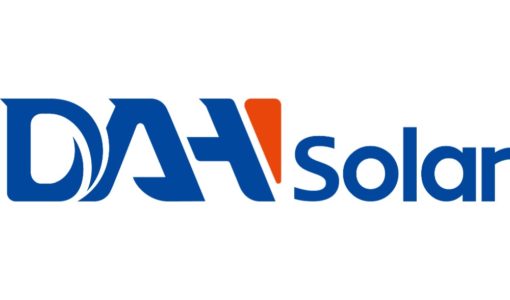- Aerial mapping of Karnataka’s capital city Bengaluru is set to begin to assess how much rooftop solar potential the city carries
- Tenders will be floated to select the vendor for aerial photography and mapping
- For the project, Bangalore’s electricity utility Bescom has joined hands with Karnataka Renewable Energy Development Limited and Centre for Study of Science, Technology and Policy (CSTEP)
- A roadmap and tool will be put up on the Bescom website post completion of the project, which is planned to help consumers estimate the rooftop solar potential of their own rooftop, thus eliminating the need for hiring consultants to do the job
The Bangalore Electricity Supply Company (Bescom) and Karnataka Renewable Energy Development Limited (KREDL) will be conducting a GIS mapping exercise in Bengaluru to figure out the city’s solar rooftop potential. The project, which will be done together with non-profit research organization Centre for Study of Science, Technology and Policy (CSTEP), is set to begin in September 2016 and is expected to take at least a year to complete.
Reporting the development, Indian daily The Hindu stated, the idea is to use light detection and ranging (LIDAR) technology. It will be put on a small aircraft that will fly over the city and send pulses of light, which will get reflected back from objects from the ground. The receivers will then translate this reflected light into data points that will help accurately map buildings, trees, poles, wires and antennae. A roadmap will be prepared using the results to help boost usage of solar power across the city. It will be a first such exercise in India.
A tool will be available for consumers to then see how much potential their rooftop holds for solar power, eliminating the need to hire services of a consultant. Consumers would be able to see their own rooftop when they pay their bills online. This looks similar to Google’s Project Sunroof, which is currently available only in America. However, Google also helps local solar providers connect with the potential customers.
Speaking to the paper, CSTEP Research Scientist, Saptak Ghosh said, “We need to know which rooftop is suitable across various categories – domestic, industrial etc., and also analyse and improve the existing distribution network infrastructure. Solar energy is fluctuating and its impact on distribution transformers has to be studied. Shadow is not a concern for ground-mounted solar plants, but even a small shadow can wreak havoc on generation from rooftop PV plants and destroy the associated business case.”
The agencies expect aerial photographs to be available within the first four months of the project. But the images will be available for testing by March 2017 only as it would involve getting clearance from other departments as well like defense. The next step involves ranking rooftops in terms of their potential. The ones with highest potential will be chosen for the roadmap. The project will involve studying the shadow movement across the year, post which design will be optimized.
The government plans to float tenders to conduct aerial photography and mapping. The entire project is planned to be complete by September 2017 when the tool will go live along with the roadmap report.
Karnataka has a target of installing 5,697 MW of solar power by 2022, under the country’s flagship program Jawaharlal Nehru National Solar Mission (JNNSM). It is targeting a capacity of 100 GW of solar power under the same. A Bescom senior official was quoted by the report as saying that the Ministry of New and Renewable Energy (MNRE) has assigned 2,300 MW of rooftop PV installations for Karnataka by 2022. The target for Bengaluru alone is 1,000 MW. According to Bescom data, the commissioned capacity of solar rooftop PV installations is 14.8 MW with 524 systems installed.
Rooftop solar is one concern that plagues India’s PV market. The government is doing trying hard to lure customers into that segment, offering a 30% subsidy for rooftop installations and pushing its ministries and departments to go solar (see SECI Invites PV Rooftop Feasibility Studies). While institutions and corporates are slowly beginning to see the potential of rooftop solar, there is hardly any enthusiasm among common people as awareness is still missing.











